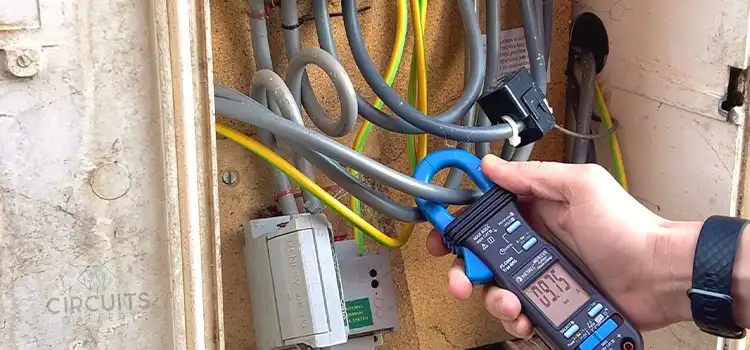Does Neutral Wire Need to Be the Same Size? You Need to Know
The size of the neutral wire in an electrical circuit should be based on the load requirements and the configuration of the electrical system. Typically the neutral wire is sized to match the phase (hot) conductors. This ensures balanced current distribution and safe operation.
However, in situations where the system has unbalanced loads, such as in single-phase applications or systems with varying phase loads, the neutral wire may need to be sized differently to accommodate the potential imbalance and prevent overloading.
Local electrical codes and standards play a crucial role in determining the appropriate size for neutral conductors. Let’s carry out a search on it.

Importance of Wire Sizing
The size of the wire used in electrical wiring is critical to ensure that it can safely handle the current load without overheating or causing a fire hazard. The appropriate wire size is determined by the current rating of the circuit and the length of the wire run.
Hot Wire vs. Neutral Wire
The hot wire, also known as the live wire, carries the electrical current from the source to the appliance or device. It is typically identified by its black or red insulation color. The neutral wire, on the other hand, is typically identified by its white or gray insulation color.
Neutral Wire Sizing Requirements
According to the National Electrical Code (NEC), the neutral wire must be the same size as the hot wire for all single-phase circuits. This is because the neutral wire carries the same amount of current as the hot wire.
Exceptions to Neutral Wire Sizing
There are a few exceptions to the rule of using the same size wire for both the hot and neutral wires. For example, in certain three-phase circuits, the neutral wire may be smaller than the hot wires.
However, these exceptions should only be implemented by qualified electricians who are familiar with specific circuit configurations and applicable codes.
Implications of Improper Wire Sizing
Using a neutral wire that is too small for the current load can lead to several hazards:
- Overheating: The wire may overheat, increasing the risk of insulation damage, fire, and potential personal injury.
- Voltage Drop: An undersized neutral wire can experience voltage drop, causing appliances or devices to receive less than the intended voltage, affecting their performance.
- Circuit Overload: The circuit may overload, triggering the circuit breaker or fuse to protect against excessive current flow.
Ensuring Proper Wire Sizing
To ensure proper wire sizing, always consult the NEC and local electrical codes to determine the required wire gauge for the specific circuit and application. It is also advisable to seek guidance from a qualified electrician for any electrical work, especially when dealing with circuit modifications or installations.
Safety Considerations
When working with electrical wiring, always prioritize safety. Turn off the power supply to the circuit before making any connections or modifications. Use appropriate tools and safety equipment, such as insulated gloves, voltage testers, and protective eyewear.
Frequently Asked Questions
Can the neutral wire be smaller than the hot wire?
It is generally not recommended. The neutral wire should ideally match the size of the hot wire to prevent issues like overheating and to maintain a balanced electrical system.
Why is it important for the neutral wire to match the size of the hot wire?
Balancing the current on both the hot and neutral wires helps prevent overloading and ensures the safe and efficient operation of electrical circuits.
Are there any exceptions to having the neutral wire the same size as the hot wire?
Some specialized applications or specific installations may have different requirements. Always follow local electrical codes and the manufacturer’s guidelines for your specific situation.
What happens if the neutral wire is undersized compared to the hot wire?
Undersized neutral wires can lead to overheating, voltage imbalance, and potential safety hazards. It is crucial to size the neutral wire appropriately for the load.
Is the neutral wire necessary for every electrical circuit?
Yes, the neutral wire completes the circuit and provides a return path for the current. It is essential for the proper functioning of most electrical circuits.
What factors determine the size of the neutral wire in a circuit?
The size of the neutral wire is determined by the size of the hot wire, the type of load, and the specific requirements outlined in local electrical codes.
Are there safety implications if the neutral wire is not sized correctly?
Incorrectly sized neutral wires can lead to overheating, increased resistance, and potential fire hazards. Ensuring proper sizing is crucial for electrical safety.
Conclusion
The neutral wire plays a crucial role in electrical wiring systems, providing a safe path for current to return to the source. Using the correct wire size for both the hot and neutral wires is essential to ensure the proper functioning and safety of the electrical system.
Subscribe to our newsletter
& plug into
the world of circuits